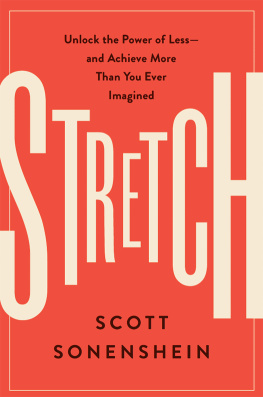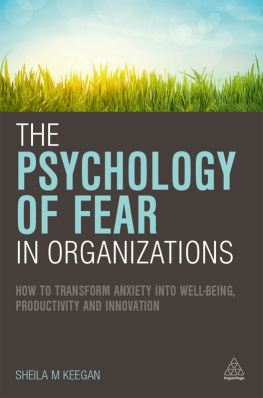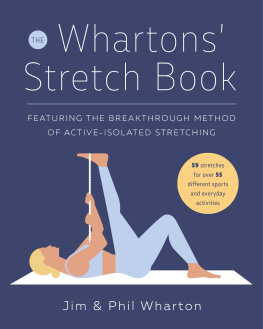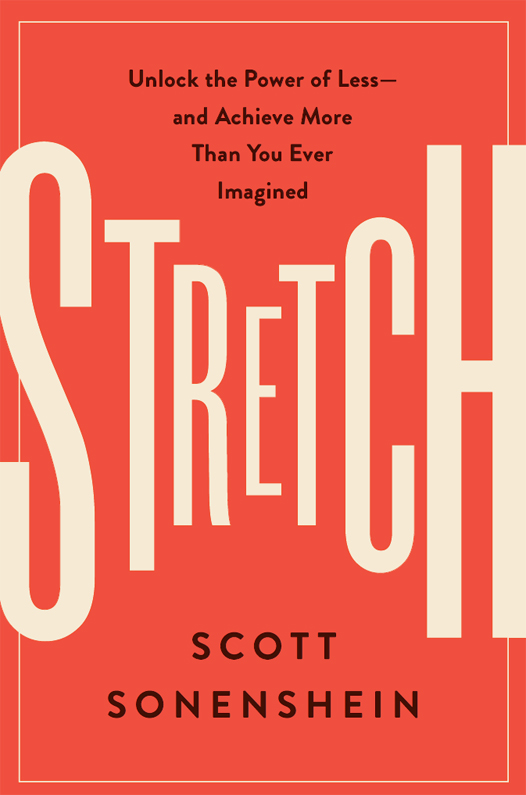A recruiter from a Silicon Valley start-up cold-called me on a spring day in 2000. She had been searching to fill a position for months and was convinced I was the right person. At the time, I was barely a year into my first job as a strategy consultant in Washington, D.C. I had never heard of the company, Vividence, and didnt know anyone living in California. But I knew the area was hot, and I didnt want to pass up on the chance to take a closer look.
The night before my flight, I bought a copy of Michael Lewiss expos about Silicon Valley called The New New Thing to learn more about a region that seemed exhilarating but also a bit unnerving.
As soon as I arrived, the company went all out to persuade me to join the team. Vividence had the best venture capital backers and lots of moneyhow could it not succeed? It was an exciting and growing company, with new hires coming on board each week. The pantry was always packed with snacks, and there were free dinners catered nightly. Id have my own team, a bigger title, and the potential to strike it rich.
How could I say no?
A month later, I started a new job that took me away from family and friends. It was easy to get caught up in the valleys booming growth and buzzing creativity. There were glittering parties and promises of transforming everything from how we shop and date to how we learn and interact, all backed by a surge of venture capital and a flood of eager people like myself coming for Californias most recent gold rush. I exercised my stock options early, believing that it was never a question of if Id strike gold, only a matter of how long it would take.
Vividence helped our clients websites operate better by conducting research. In theory, we wanted to be a software company to command a higher market value. In reality, we blew through tens of millions of dollars, just like many of our dotcom clients, to build something unsustainableuntil the money train screeched to a halt, venture capital dried up, and we desperately but unsuccessfully tried to adapt to no longer having a blank check.
In a matter of months, we went from a high-flying start-up backed by over $50 million from the most prestigious venture capital firms to a collapsing business whose employees were fired just as fast as they had been hired. I saw some of the smartest and nicest people Ive ever known heartbroken from having to leave what they had invested so much of themselves in developing.
Worried about the longevity of our company and the security of my job, I regularly visited FuckedCompany.com, the website that had sprung up to predict failing businesses and speculate about the reckless mismanagement that led to their demise. It provided an early warning about our fate and a comforting feeling that we were far from alone in our troubles.
The spreading economic collapse in Silicon Valley unfolded during a serious tragedy that devastated the country. On September 11, 2001, terrorists attacked the United States, killing almost 3,000 people and changing the nations psyche forever. Jeremy Glick, a colleague of mine at Vividence, was traveling on United Flight 93 back to our headquarters. Placed in the most harrowing circumstances, Jeremy quickly teamed up with several other passengers to resist the attackers. Short on time and tools, they mounted a brave fight with what little they had, saving many lives by forcing the plane to the ground in rural Pennsylvania, away from a major population center.
In the wake of the 9/11 tragedy, lots of people reflected on their livesand I was no different. I questioned how I was spending my time and what I really wanted to achieve. I was ready for a change, and I knew Id likely be out of a job soon.
I started a PhD in organizational behavior at the University of Michigan. As I arrived, its faculty members were in the midst of their own post-9/11 crisis of conscience. They were leading a scholarly shake-up that came to be called Positive Organizations, which emphasizes bringing out the highest potential in people and organizations though engaging a persons whole self and the organizations larger purpose. Career success and profits are criticalbut so, too, are living a satisfying and meaningful life and building sustainable companies that make a difference. I had found a place to examine some of my biggest questions of the past couple of years:
Why do some people and organizations succeed with so little, while others fail with so much?
Why do we get caught up chasing what we dont have?
How is it possible to achieve more prosperous organizations, rewarding careers, and fulfilling lives with whats already in hand?

Fifteen years after I left Vividence, people and organizations keep falling into the same traps I experienced during the dotcom era. Our most recent recessioncaused by consumers and companies borrowing excessively to fund lifestyles and operations beyond their meansbrought lots of damage: $19.2 trillion of household wealth destroyed, nearly 8.8 million jobs lost, and confidence in our countrys major institutionsincluding banks, businesses, and governmenteroded.
Today, were just as prone to think we need more to do more, and just as likely to overlook the abundance right in front of us. From the oil bust to the most recent tech run-up in Silicon Valley, history has, and will, repeat itselfunless we intervene.
In the chapters that follow, Im going to draw from over a decade of my own research on the science of resourcefulness to teach you how to stretch. Ill share with you a powerful mind-set and a skill set that allows you to work with the resources you have to become more successful and satisfied in business and in life. Once you learn how to embrace and expand on the untapped value right in front of you, youll unlock exciting possibilities to achieve more than you ever imagined.
I n the fall of 1961, a headstrong teenager named Dick left rural Pennsylvania to attend a military high school 150 miles away. Its rigid schedule and strict rules required students to rise early, dress in naval-style uniforms, and salute instructors. It was a far cry from his hometown life, where friends called him Party Boya fitting nickname for the son of a regional brewery owner whod begun working in the familys warehouse stacking cases of beer a few summers back.
When his parents visited a month into the term, Dick begged them to take him home so he could learn about the family business. They refused. With the industry struggling, they hoped their sons new surroundings would inspire him to pursue a more promising future away from beer.
Dick had other plans. After convincing a maintenance man to give him civilian clothes, he climbed a tree and jumped over a wall to escape the forty-acre campus. He hopped on a bus to Philadelphia before hitchhiking home, unable to stay away from the brewery he loved. His return home with little more than the clothes on his back would foreshadow the resourceful way he would ultimately go on to turn the struggling family enterprise into one of the countrys most successful beer producers, becoming a billionaire at the time his chief rival squandered what couldve turned into a $9 billion company.
Started in 1829 as the Eagle Brewery by his German ancestors, the business had outlasted scores of other brewers by the time Dick took over for his ailing father in 1985. The three major playersAnheuser-Busch, Miller, and Strohcontrolled 70 percent of the national beer market. Dicks brewery put out a modest 137,000 barrels annually, a drop in the bucket of the close to 200 million barrels produced nationwide. Faced with competition from these mega-companies, smaller producers typically took one of two paths. Some gave up as independents and sold themselves to competitors. Others tried to grow rapidly through acquisitions.









